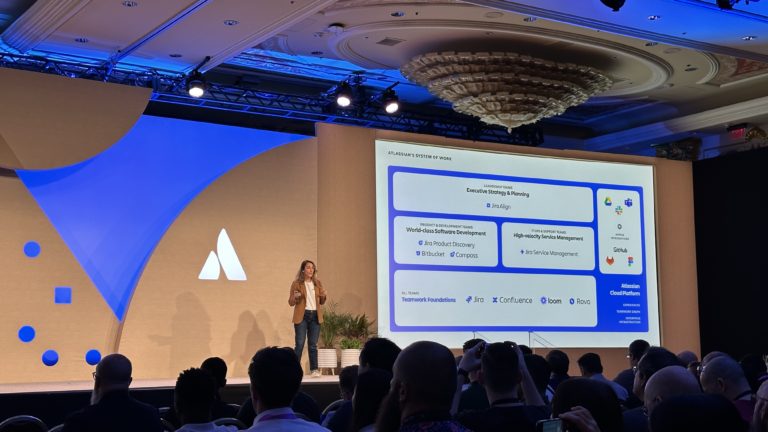
IoT and the story of the things that are given human traits
The IoT, the Internet of Things, is still a relatively new phenomenon for most businesses and individuals. However, the idea and technology are older than one might think. The very first thing connected to the Internet was a Coca-Cola vending machine. This was as early as in 1982. Since then, technology has evolved tremendously. In addition, our thoughts on what it can be used for, have constantly taken new and creative turns.
Everyday use of IoT
For the vast majority of us, IoT is something we use almost without thinking about it. The fact that our electronic devices can talk with each other and exchange information has almost become a natural part of our daily lives; incredibly enough.
This being said, people still use IoT to a relatively limited extent; at least compared to the potential of the technology. An example of a common and limited use of IoT is a smartphone connected to a smart watch and a PC, or a smartphone connected to a meter that logs indoor climate. This use is incredibly practical and simplifies our everyday lives considerably. We save time and get more precise information about what we eat, how and how much we sleep, how physically active we are, and so much more.
From people in between to things in between
Many of us use IoT daily, almost without being aware of it, or at any rate, without thinking about it. But that’s not the only fascinating thing about IoT. IoT is also changing the Internet as we know it. With the IoT revolution, the Internet has gone from being a tool for interpersonal communication to becoming a medium for communication between things that takes place without humans being directly involved.
In the 21st century, we can talk about the fact that things have gained human characteristics. They are given the ability to perceive what is happening around them and to communicate this information to humans, and not least to other things. But what is it, exactly, that things can perceive about the world around them? Let’s take a smartphone as an example. It can perceive its geographical location, it can know if it is standing, lying or moving, it knows if it is light or dark in the room, it knows how close your face it is, it hears (and can understand) what you say, and it can see you and the room it is in. All this is information that your smartphone communicates to other things within the same network, without you really noticing it.
Build time machines with IoT
So what does it mean to us that our things now have human characteristics and are able to communicate with each other? It offers completely new opportunities to adapt everyday life to our needs and desires. The challenge is to see the possibilities.
At Computas, we think far beyond the solutions we have today and see opportunities many could not even have imagined. This is why we managed to build a time machine. And we did it when Kolumbus, the public bus and boat transport operator in Rogaland, wished to innovate its practices in line with new environmental and climate requirements, and also to offer its passengers an even better experience. Thanks to IoT and large networks consisting of many devices, we were able to build a forecasting system that visualizes the traffic situation ahead of time and makes it possible to predict any delays.
Want to know more?
Please fill out our contact form


